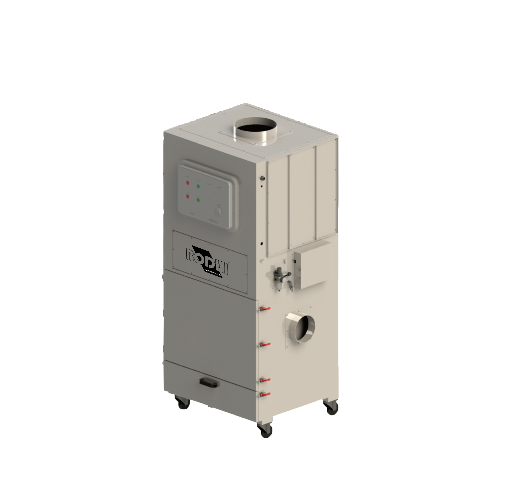Unveiling the Technology: Does a Laser Printer Utilize Dry Ink?
In the world of printing, laser printers have become a popular choice for their speed, precision, and high-quality output. However, have you ever wondered how these remarkable machines work? In this blog post, we will delve into the fascinating technology behind laser printers and answer the question: Does a laser printer use dry ink?
- Understanding Laser Printing Technology:
Laser printing is a digital printing process that uses laser beams to create an image on a photosensitive drum or belt. This process involves several steps, including charging, exposing, developing, transferring, and fusing. - The Role of Toner in Laser Printing:
Contrary to popular belief, laser printers do not use traditional liquid ink. Instead, they employ a powdered substance called toner. Toner is a fine, dry powder composed of pigment, plastic particles, and other additives. - How Toner Works in a Laser Printer:
When a document is sent to a laser printer, the laser beam scans the photosensitive drum or belt, creating an electrostatic image of the content. The charged areas attract the toner particles, which are then transferred onto the paper through a combination of heat and pressure. - Advantages of Dry Ink (Toner):
4.1. Precision and Sharpness: Toner particles are incredibly small, resulting in precise and sharp text and graphics. This makes laser printers ideal for printing detailed documents, such as contracts, reports, and presentations.
4.2. Fast Printing Speed: Laser printers can produce pages at a much higher speed compared to inkjet printers. The dry nature of toner allows for quick drying, enabling faster printing and increased productivity.
4.3. Longevity and Durability: Toner is resistant to fading, smudging, and water damage, ensuring that printed documents maintain their quality over time. This makes laser-printed materials suitable for archival purposes.
4.4. Cost-Effectiveness: While laser printers may have a higher upfront cost, toner cartridges have a higher page yield compared to inkjet cartridges. This translates to lower cost per page in the long run, especially for high-volume printing. - Environmental Considerations:
Laser printers' use of dry ink (toner) offers certain environmental benefits. Unlike liquid ink, toner cartridges produce less waste and are easier to recycle. Additionally, toner particles are non-toxic and do not pose a risk to human health or the environment when handled properly.
Conclusion:
In conclusion, laser printers indeed utilize dry ink, known as toner, to produce high-quality prints efficiently. The use of toner offers numerous advantages, including precision, speed, durability, and cost-effectiveness. Understanding the technology behind laser printers helps us appreciate their capabilities and make informed decisions when choosing printing solutions.



